The post 5 Different Approaches to Taking Photos of Strangers appeared first on Digital Photography School. It was authored by Nils Heininger.
As travel photographers, documentary photographers or photojournalists, we all share the same unique challenge: Building up a relationship with our subjects from scratch. Commercial and wedding photographers also need to create closeness to their subjects, but they usually have a foundation that connects them. Models are usually paid to cooperate. Customers of wedding photographers want good images themselves. This is a foundation on which photographers can build their relationships. Our challenge is different – we enter a new environment and have nothing but our camera and ourselves.

When we find ourselves in a special environment in a different culture and amongst strangers, we have to find strategies to approach them. A great portrait exists not only through light and composition but also the emotional connection between the photographer and photographed.
If as a photographer you don’t feel comfortable shooting a situation, it influences the quality of your images negatively. Also considering moral aspects, it is always better to connect with people and be sure they appreciate (or at least tolerate) you taking their pictures.
We (almost) all struggle with approaching strangers. Even Steve McCurry admitted he is often shy and feels awkward when he takes pictures. However, the good news is, there are strategies to make the best out of the situation and subsequently create more possibilities for good images. Here, I share my best strategies to get closer to people and come home with more good portraits.

1. Ask and shoot
The first strategy is quite simple, yet often a challenge – just go and ask. How many times did you not have the courage to approach a stranger and ask for taking an image? And how many times did you regret it? If you are like me, then far too many. The more you approach people, the more you will realize most of them are happy to have their picure taken and might even see it as a compliment.
But, what if they say no? What does it matter if they reject you? So what? There are billions of other people out there. Fear is generally one of the biggest barriers to getting good pictures.
You have to overcome it.
One of the best ways to do so is to go out and practice. You will be surprised how many people pose for you if you approach them the right way.
Stay confident, do your thing and do it well.

The challenge with this strategy is to stay calm. When I started out, I found my images composed weakly or a little soft because I tried to get it done as quickly as possible. My hand was perhaps too shaky, and I rushed through the process without considering the right camera settings.
Later, I realized it is not necessary to be in such a hurry. Yes, you should not take too much time from people. However, if you become too nervous and ruin the moment, all the time is spent for nothing.
Be aware of what you do and how you do it. Stay calm and confident then you will succeed more easily. People appreciate it most if they see that you act professional and portray them in a good light.

2. Be patient and drink tea
As I find myself mostly in South Asia, drinking tea is an activity to socialize and get into contact with people. In other areas, you might replace it with coffee, maté or beer. Be mindful to the fact that taking pictures of people is not just hitting the shutter button. If it were that easy, we would not have all those amazing professionals who still stand out with their images of people. Each of these pictures involved much work behind or beside the camera.
Most of the photographers who accurately capture the culture and atmosphere of a place through a local person have spent a lot of time choosing the person and building a relationship. While you can run through the streets and click away thousands of images of everyone, you may want to spend your time more efficiently. Stay calm and invest some time into building a network. Go to places where the people you want to take portraits of hang out. Socialize and take your camera out when it is time to do so.

3. Find a fixer
If you have found the right people and still could not get into contact, sometimes it is useful to find a fixer. Fixers are people who arrange access to a story for a photographer, videographer or journalist. Mostly, they belong to the area and act as a mediator between the professional and the people.
Fixers can also help with translating, and they know a lot about the covered issue themselves and have an idea of what you are looking for. While fixers usually get paid in the case of professional journalism, you can also find guides, community members or other locals who can help you out. Sometimes this happens while you are drinking tea, sometimes it is enough to walk aimlessly through a street in a strange neighborhood.
Find the people, who look like they could help you. Often, locals are happy to share their stories. Introduce yourself and show that you don’t mean any harm.

For example, I wanted to cover the life of a fisherman in Puri, India but I did not know anyone at the place I was visiting. When I arrived, I quickly found a boy who could introduce me to the community while I was wandering around an area where you usually do not find too many tourists. The young man asked me what I was doing, and we talked. I did not even have to find someone who connected me. The person found me within a few minutes!
Even though he was not a fisherman himself, he was very helpful in giving me information about the community and connecting me to others. After a while, people got used to me. Even though the boy himself could not arrange a boat ride for me, I was able to connect to others. One morning, I finally found myself out on the sea with some fishermen.

4. Visit a festival or event
Special events or festivals are a great opportunity to capture the culture of a place and to get to know people. Festivals offer the opportunity to take pictures of important moments. Often, you will also be asked by people if you could send the images to them. Be helpful and share what you have. My experience is that everything you share will be paid back in multiple amounts. When I photographed the wild dances of the Dervishes at a Sufi Shrine in Pakistan, one of the performers asked me to send the images to him. As I became acquainted with him, I could stand in the first row during the next week’s event. Once connected to the people, they made sure that I could capture some great images.
Often, it might be tempting to push your limits for getting the image. Always be aware of what is allowed and appreciated during certain events. Some people might not want their images captured, or you might disturb a significant moment (DSLR users will know the curse of the loud shutter noise). I have a rule of thumb for these situations – when I have an awkward feeling in my tummy or get more attention than the actual event, I’d prefer to ask someone if I should step back.

Imagine a photographer placing his camera right in front of your face before the kiss at your wedding. You cannot even see the bride properly. That would totally kill the moment. At unknown events and rituals, you have to be aware of what is going on around you.
As a bad-mannered photographer, you can also ruin the name of a whole community of professionals and hobbyists. Always be kind and considerate. Others might also want to shoot wherever you have participated. If you behaved in a bad way, they may not get permission anymore. In the most extreme cases, you can even put yourself in danger if you unintendedly cross a line. Get your image but try to not focus the attention on yourself. For you, a certain event might be an opportunity for photographs. For others, it might be a very important day in their life.

5. Make a project and be open about it
Approach a community and openly tell them that you want to photograph their everyday life. On the first day leave your camera at home and introduce yourself to the people.
While this may be frustrating (because you will undoubtedly see opportunities you could capture), remain patient. Drink tea, talk and explain what you want to do and why. In this way, people get to know you and your intentions. You also get a better idea of what to capture and how.
When I took photos in a slum, people were suspicious because NGOs go in and out taking images of poverty. I explained that I want to take images of normal life and portray them as normal human beings, which I knew they were. The results were less staged images of their everyday life, which they appreciated.

In such a project, you can even give something back to people.
Print some images and hand them over to the community. You may be surprised at just how happy that makes people. Moreover, you may also find that people who did not want their photograph taken before will approach you to take their images too. It’s small gestures like these that keep you welcome in an area.
Long term projects may not cover a large variety of places and people, but they can cover a deeper insight into a community and connect the audience to the subject.
You don’t have to make your project too big. It all depends on your capabilities. There are many small ones which you can pursue within a week or even a day.
Developing a project does not only open gates for you but also gets you out and enhances your creativity. Shooting with a concept in mind can make you feel less awkward when out on the streets. It may also help you explain to people why you would love to take their image.

In a nutshell
Invest time in your photography as it is more than just hitting the shutter button.
Commercial and wedding photographers need to invest time to set up a team and develop ideas for clients, and landscape photographers have to hike, look for the weather and the sun. Photographing strangers also takes some preparation, even if it is just mental preparation to get over the fear of approach.
However, be patient and wait for the right moment. Do not get frustrated if you don’t get a five-star image every time. Make connections and enjoy the experience too.
What are your best ways to approach strangers? Do you have similar anxieties of just talking to them? How do you get over this? Sharing troubles and advice can help us support each other. Feel free to share your story in the comments.

The post 5 Different Approaches to Taking Photos of Strangers appeared first on Digital Photography School. It was authored by Nils Heininger.



















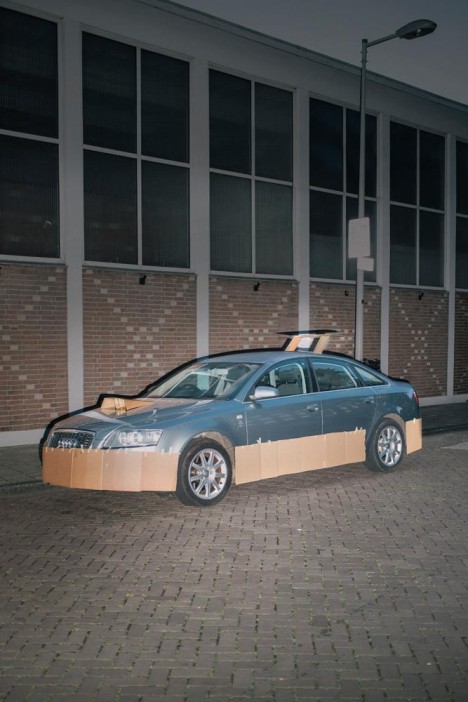
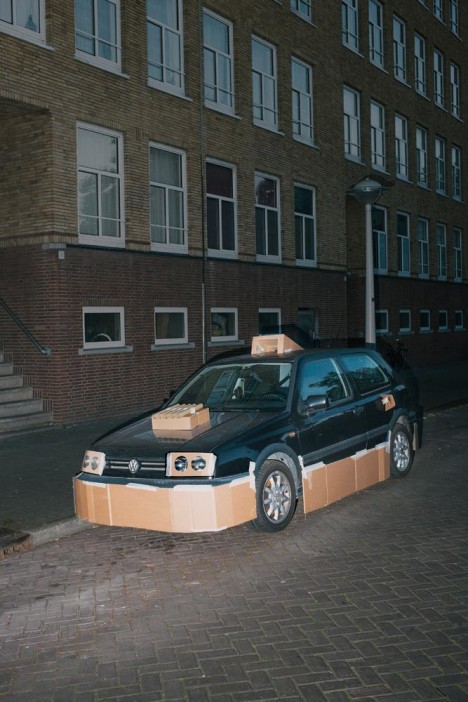
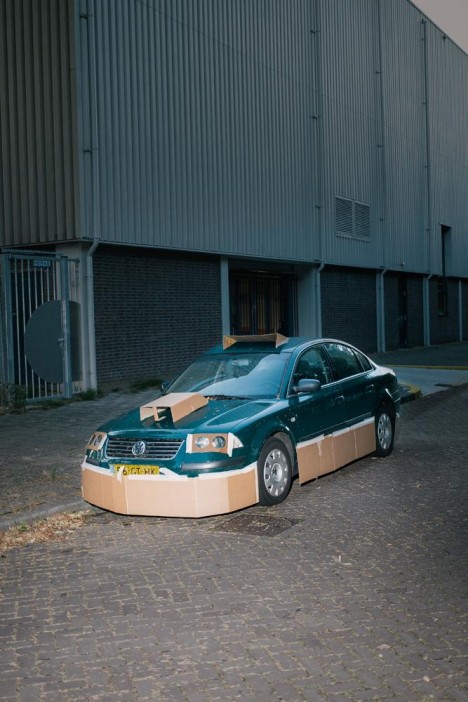
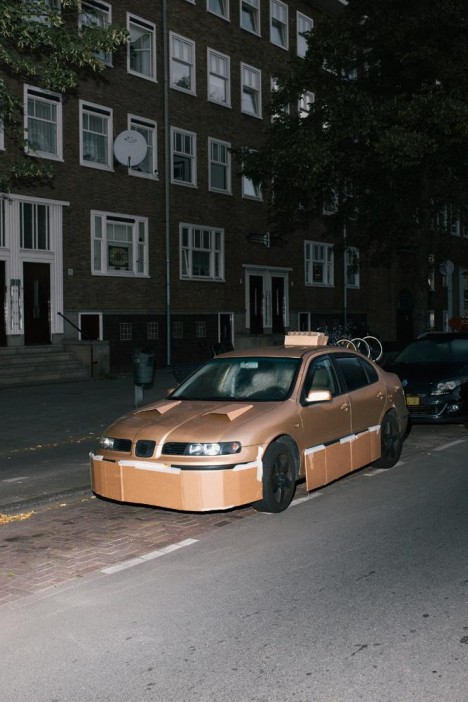







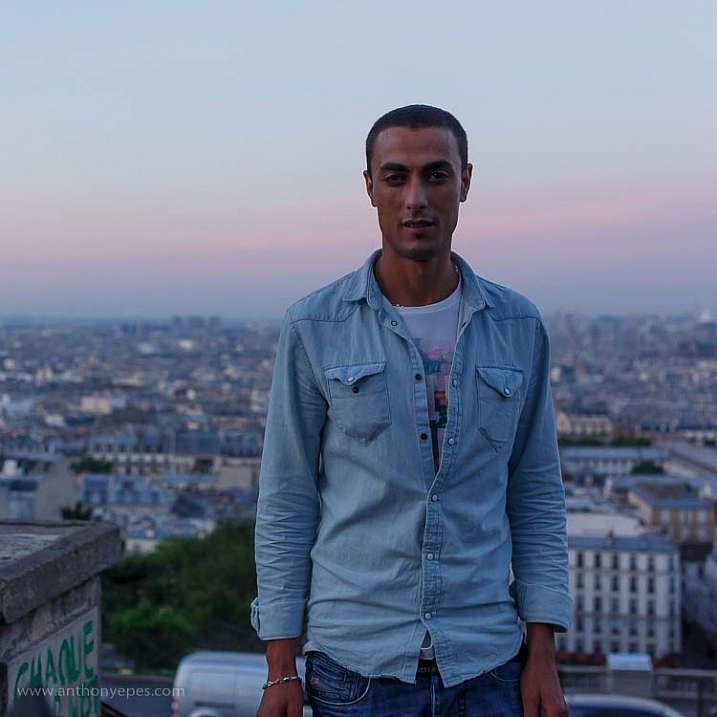
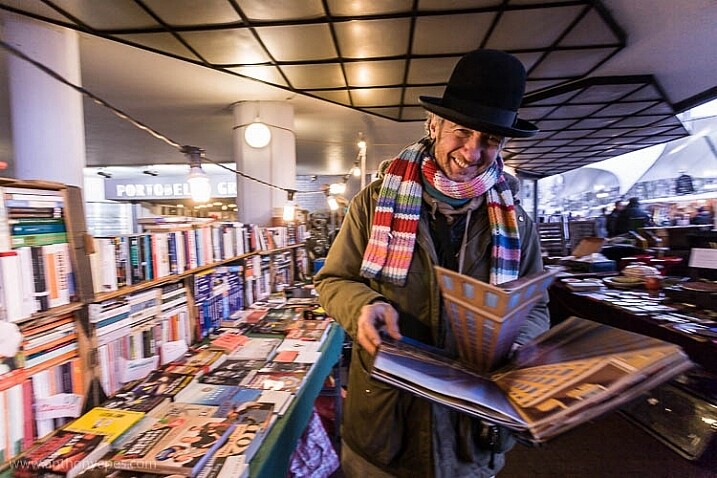

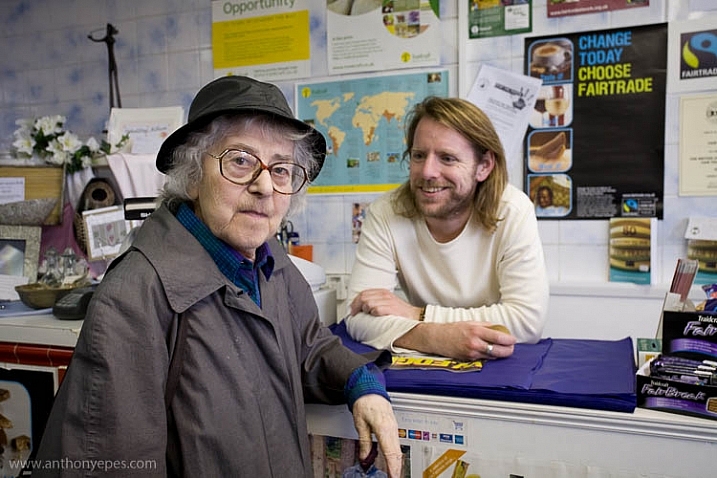
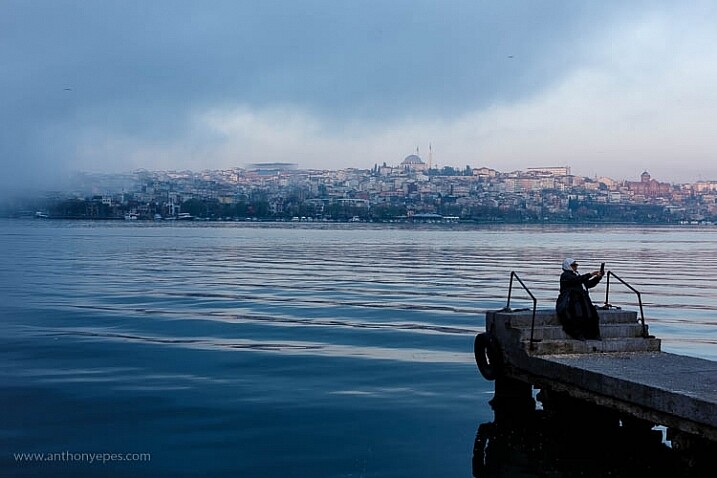

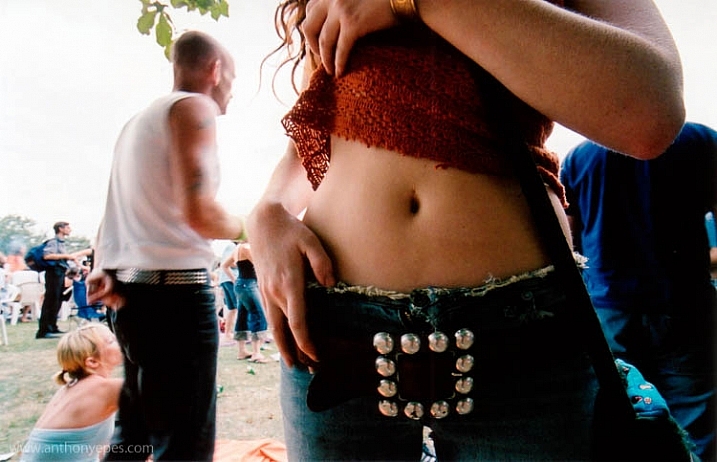
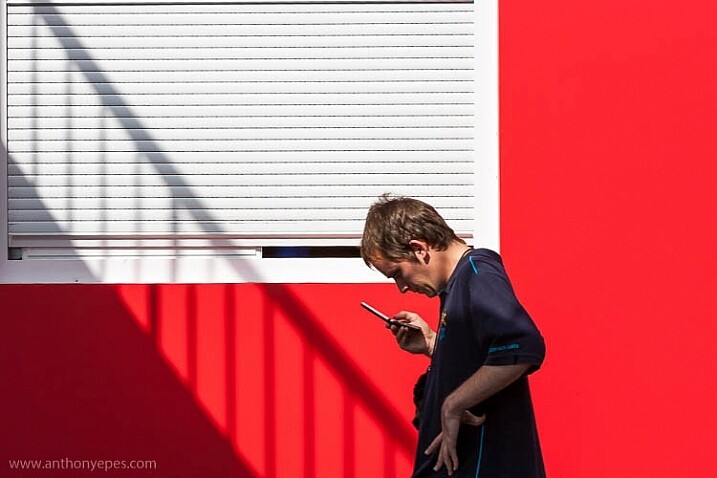
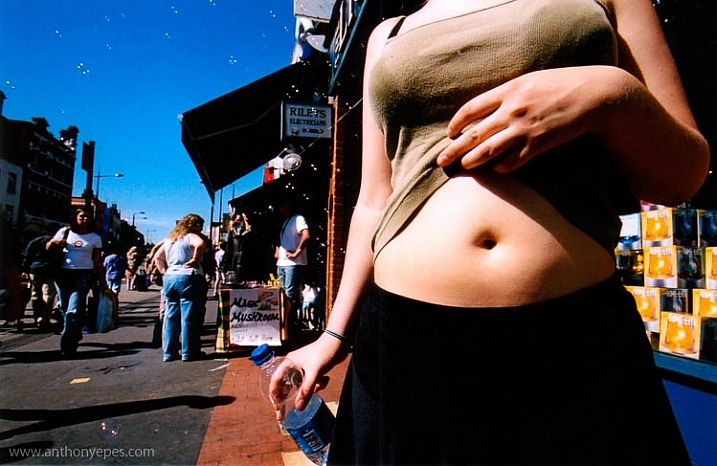
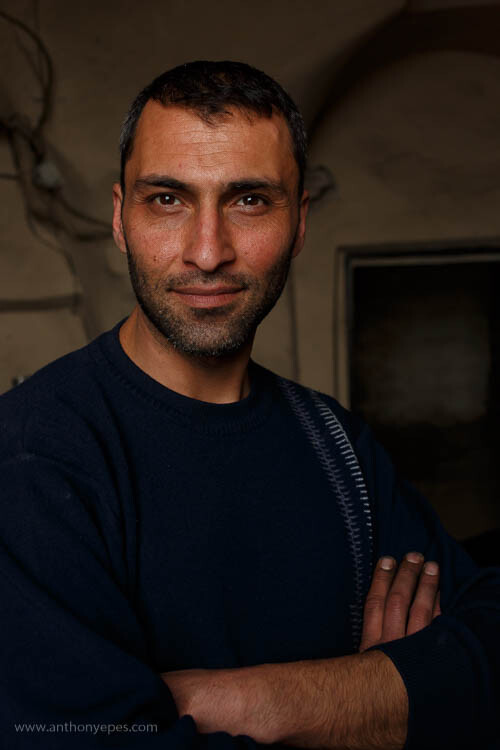

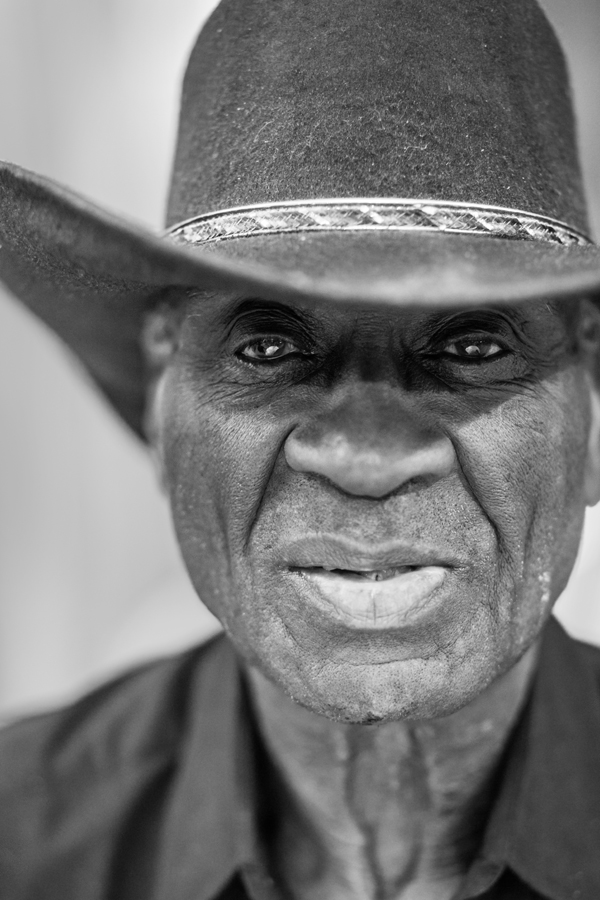

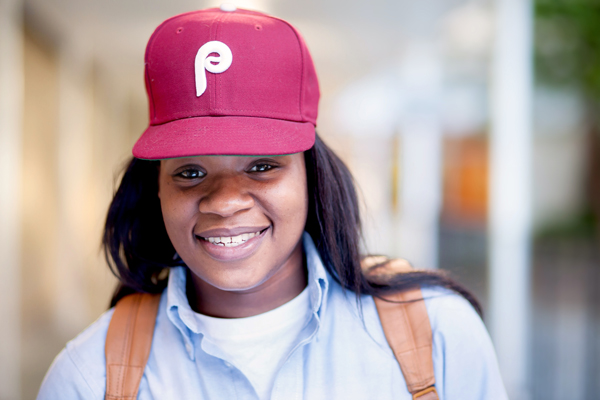




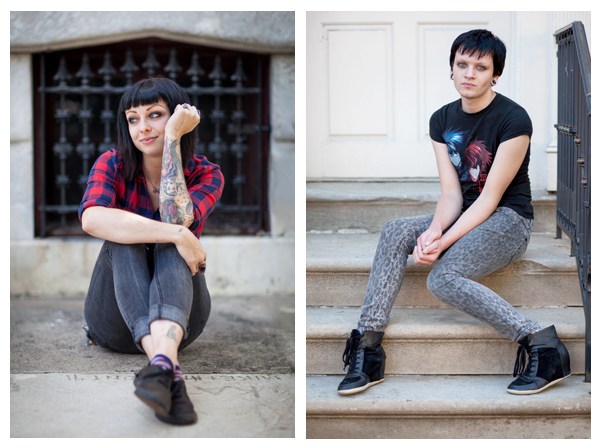
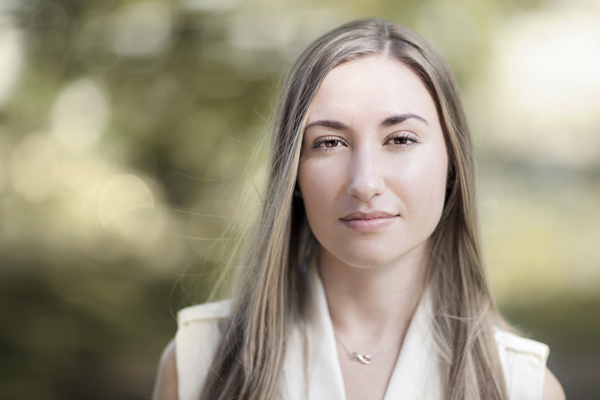








You must be logged in to post a comment.